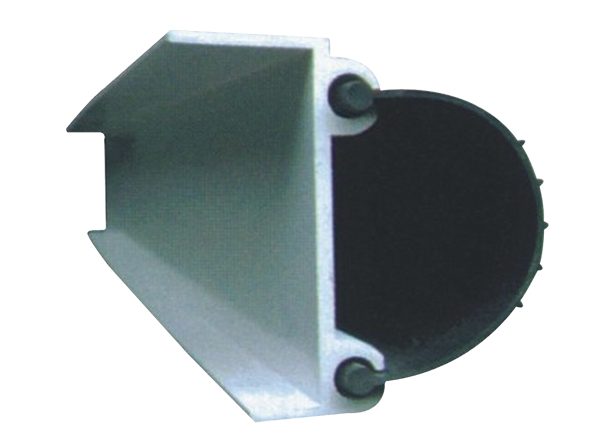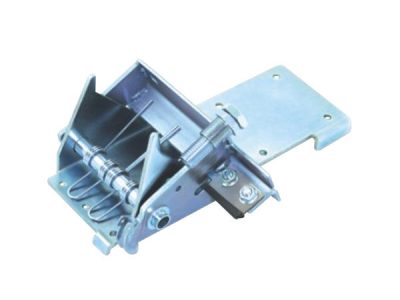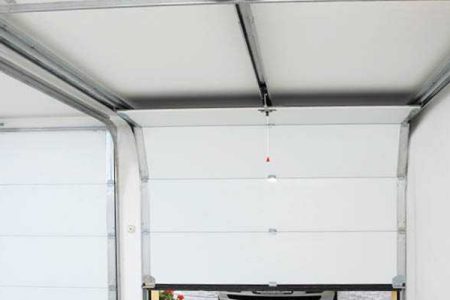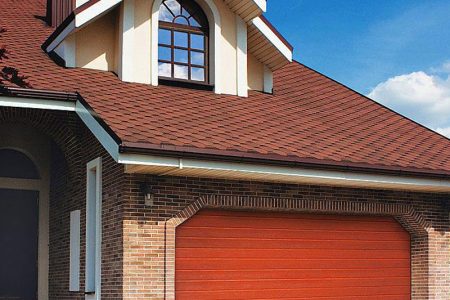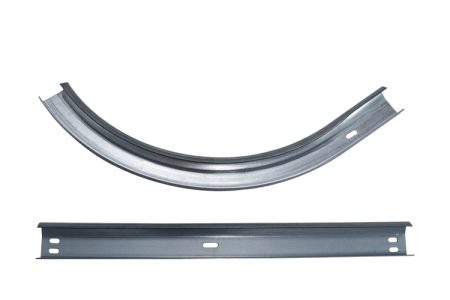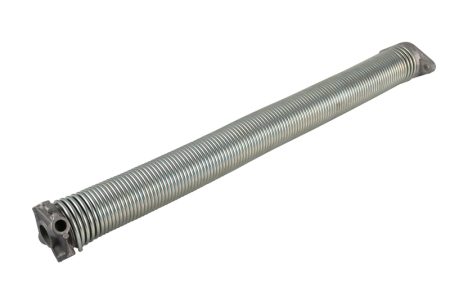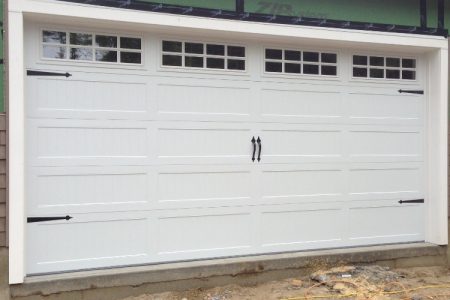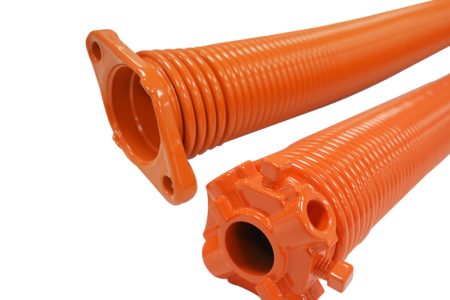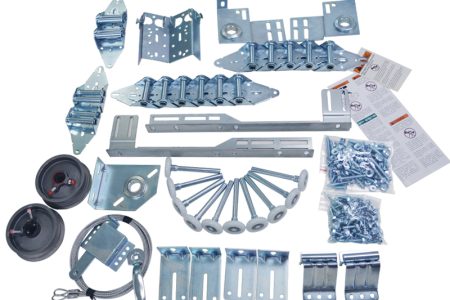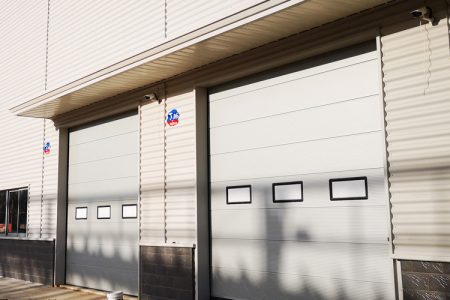Common signs your garage door bottom seal needs replacing
Garage door bottom seals are an important part of keeping dust, insects, and moisture out of your garage. Regular inspection and timely replacement of seals is vital to keeping your garage dry, clean and safe. Here are some common signs that your garage door bottom seal needs replacing:
Aging and Wear:
Aging and wear on the bottom seal of your garage door are common problems, but these signs can have a negative impact on your garage and garage door. Here are some common signs of weather seal aging and wear:
Cracks and Breaks: Aged weatherstripping may develop cracks or breaks. These cracks prevent the weatherstripping from effectively sealing the bottom of the door, allowing air, moisture, and dust to seep into the garage.
Color fading: The color of the sealing strip may gradually fade due to UV exposure from the sun and climate effects. Loss of color may be a sign of aging seals.
Hardening and Loss of Elasticity: Aged seals may harden and lose their original flexibility and elasticity. This causes the sealing strip to not fit effectively against the bottom of the door, thus affecting its sealing effect.
Surface wear: The surface of the sealing strip may be worn due to friction with the ground or contact with other objects. Such wear can reduce the effectiveness of the seal, making it less effective at keeping out dust, moisture, and insects.
Moisture Penetration: As weather strips age, their sealing effectiveness decreases, potentially allowing moisture to seep into the garage. This can cause moisture, mildew, and even damage to items stored in the garage.
If you notice the above signs on the bottom seal of your garage door, it is recommended to consider replacing it in time. Replacing new seals can effectively protect the garage from the outside environment and keep the garage dry, clean and safe. Make sure to purchase the right seal for your garage door model and size, and follow the manufacturer’s guidelines for installation.
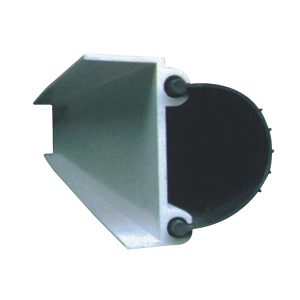
Deformation and damage:
Deformed and damaged garage door bottom seals can cause a variety of problems, including reduced waterproofing, dust and insects entering the garage, and reduced energy efficiency. Here are some common signs of deformed and damaged seals:
Deformation: The sealing strip may deform due to prolonged use or exposure to different temperature conditions. This may cause the sealing strip to no longer fit evenly to the bottom of the door, reducing its sealing effect.
If the sealing strip at the bottom of the garage door is deformed and damaged, it is recommended to consider replacing it in time. Replacing the seal with a new one ensures that the bottom of your garage door is effectively sealed, preventing unwanted dust, moisture, and insects from entering the garage. Choose a high-quality seal that matches your garage door model and size and follow the manufacturer’s installation guidelines for replacement. This helps maintain a clean, dry and safe environment in your garage.
Absorb water and become wet:
When a garage door bottom seal absorbs water and becomes wet, it will show some common signs. Here are some possible signs:
Wet or Soggy Floor: If the seal absorbs water, the ground around the bottom of your garage door may feel wet or damp. This is because the sealing strip has lost its effective protection against moisture.
Water droplets on the surface of the sealing strip: Water droplets may appear on the surface of the sealing strip, especially on rainy days or near water sources. This indicates that the sealing strip absorbs water and cannot effectively prevent moisture penetration.
Soft sealing strips: Sealing strips that absorb water may become soft and lose their original elasticity. It feels moist to the touch rather than tough like dry sealant.
Darkening of the seal: Wet weatherstripping may cause the color to darken as moisture penetrates into the structure of the sealing strip. This is a visible sign that the seal has absorbed water.
Moisture or Mildew in the Garage: Due to moisture penetration, the garage may become damp, leading to the development of moisture and mildew. This can cause damage to stored items and vehicles in the garage.
Rust on the bottom metal parts: If the metal parts on the bottom of your garage door are not adequately protected, rust may develop. This is because moisture penetrates the metal surface through the water-absorbing sealing strip.
Seal Deformation and Damage: A wet seal may be more susceptible to deformation, wear, or damage because the moisture causes it to lose its original structural strength.
These signs indicate that the sealing strip has lost its original waterproofing effect and may require timely maintenance or replacement. In order to keep your garage dry and clean, it’s important to address water absorption issues promptly. Choosing high-quality, waterproof seals and performing regular inspections and maintenance can help prevent these problems from occurring.
Air leakage and reduced sound insulation:
There are some common signs that may appear when your garage door’s bottom seal is leaking air and reducing sound insulation. The following are signs that may indicate a seal problem:
Cold or hot air infiltration: If the seal fails, cold or hot air can seep into the garage through gaps in the bottom of the door. This results in unstable temperatures within the garage, which may affect items stored in the garage.
Increased Noise: Effective weatherstripping helps isolate outside noise, but if the weatherstripping fails, outside noise may more easily penetrate into the garage, causing noise levels inside the garage to rise.
Dust or debris getting into the garage: A leaky seal can allow dust, debris, or insects to enter the garage through the gap at the bottom of the door. This affects the cleanliness of the garage.
Irregular appearance of the seal: The seal should be evenly and tightly fixed to the bottom of the door, but if you find that it has an irregular appearance, is loose, or is broken, it may be a sign that its effectiveness has been compromised.
If the above signs are present, it is recommended to consider inspecting and maintaining the garage door bottom seal, or replacing it as needed. Choosing a high-quality, durable seal that fits your garage door model is an important step in ensuring a comfortable and quiet environment inside your garage.
Loose or falling off:
Loose or detached garage door bottom seals may result in a less effective seal, increasing the risk of dust, insects, and moisture entering the garage. Here are some common signs that a seal is loose or coming off:
Visible Gaps: If the seal is loose or dislodged, it may create a visible gap at the bottom of your garage door. These gaps make it easier for the outside environment to enter the garage.
The surface of the sealing strip is uneven: Observe the surface of the sealing strip. If you find that the surface is uneven, blistered or loose, it may indicate that the sealing strip has lost its original tightness.
Part or all of the seal has come off: The seal may have come off partially or completely, especially in the middle or on the sides of the bottom of the garage door. This may result in a weakened seal that cannot effectively isolate the external environment.
Feels loose when touched: Touch the seal manually. If it feels loose or it is no longer firmly attached to the bottom of the door, the seal may need to be reinstalled or replaced.
Loose screws or fastening parts: The sealing strip is usually fixed to the bottom of the door with screws or other fastening parts. If these screws or retaining parts become loose, the seal may become unstable.
If you notice the above signs, it is recommended to take immediate steps to repair or replace the seal to ensure that the garage door provides an effective seal. Repairs may include re-tightening screws, replacing failed fixing parts, or simply replacing the seal with a new one. Choose high-quality, durable seals and make sure they are installed correctly to maintain a clean, safe and comfortable environment in your garage.
If you notice any one or more of the above signs, it may be time to consider replacing your garage door bottom seal. Replacing the seal can restore its original function and protect the garage from the outside environment. Make sure to purchase the right seal for your garage door model and size, and follow the manufacturer’s guidelines for installation.

